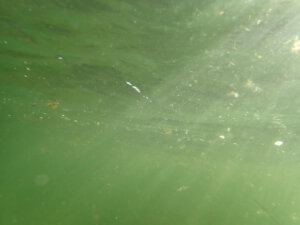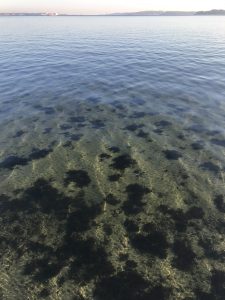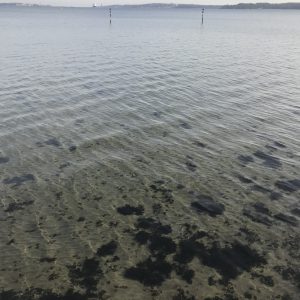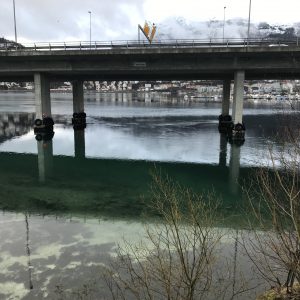
Currently reading: Ellis et al. (2014) on “Systematic reflection: Implications for learning from failures and successes”
Since I referred to it in the post I just published, here is a quick summary of Ellis et al. (2014) on “Systematic reflection: Implications for learning from failures and…


